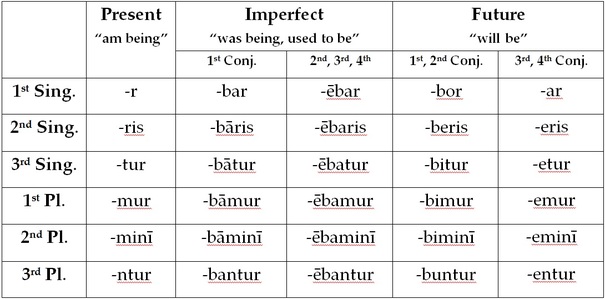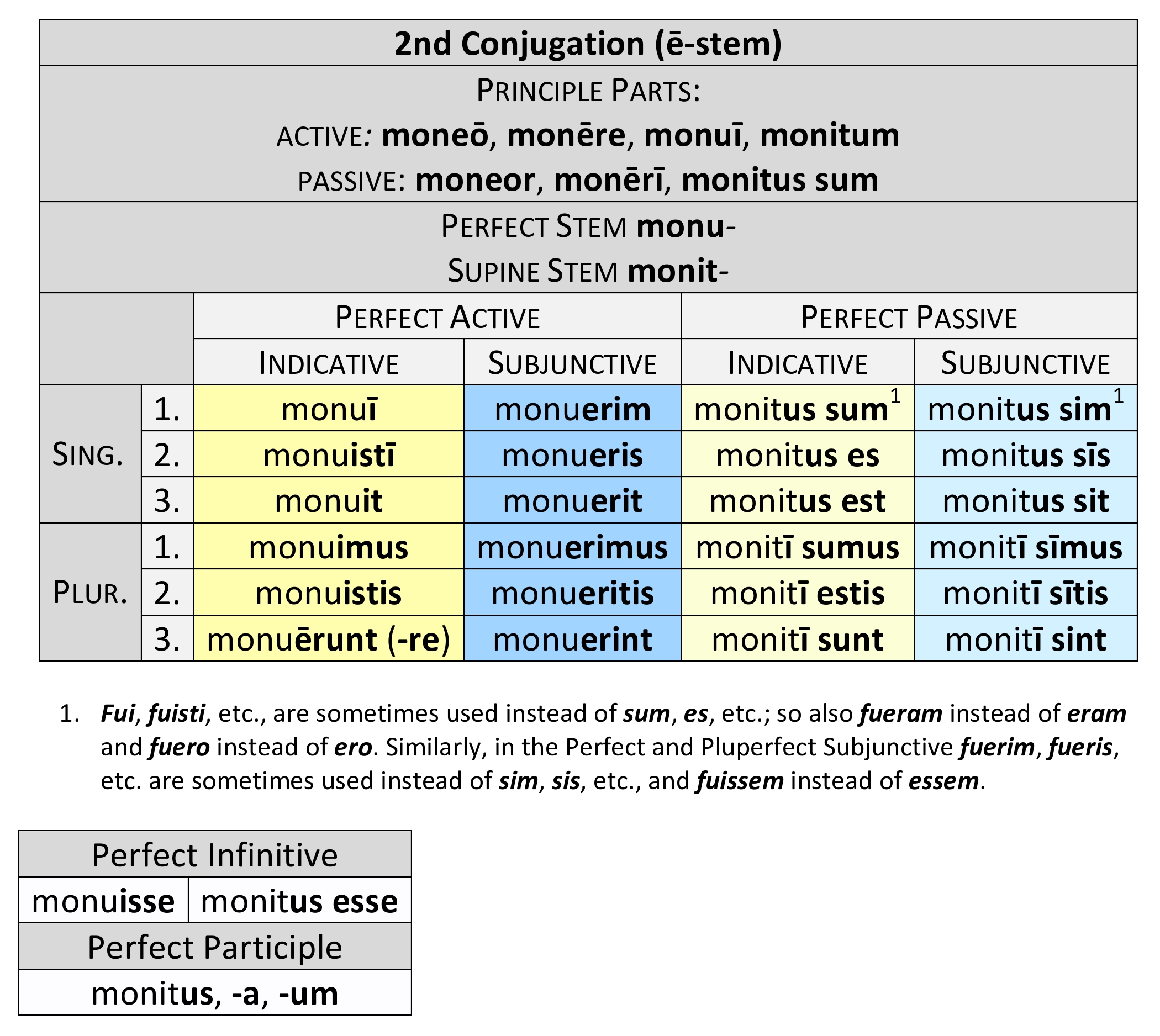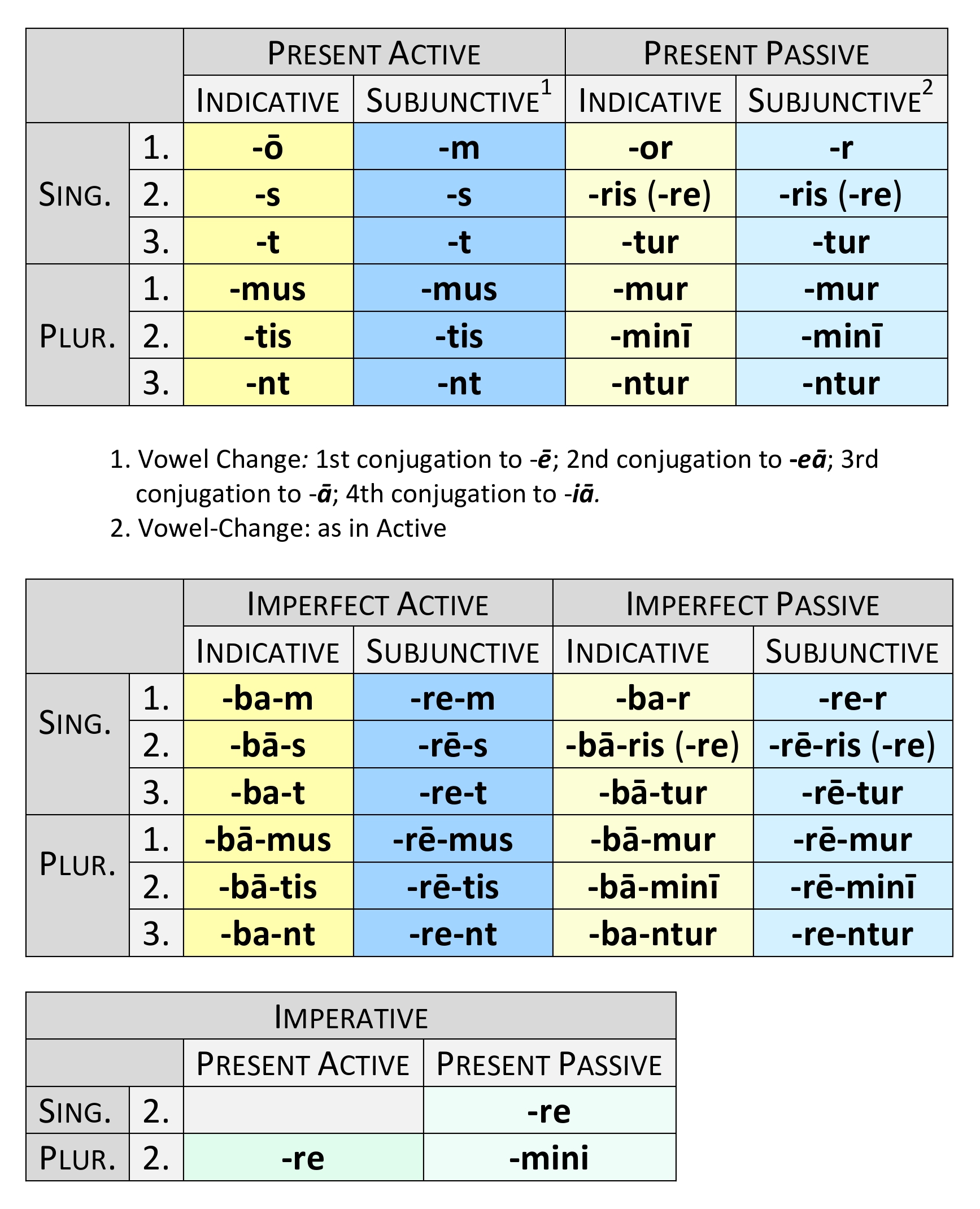

With prefixes attached, it was a more neutral verb of going. When it stood alone, cedere, cessus tended to mean “yield,” a force that it has in our word cede and the legal term cession. To illustrate how many prefixes can be used with some Latin verb bases, let us take a couple of verbs of motion, cedere and currer e. If the following list looks intimidating, do at least read it through several times, linking the Latin verb bases with their English meanings and their more obvious English derivatives. Like the 2nd conjugation, the 3rd has no predictable perfect participles but by studying those forms with English derivatives in mind, it is not an overwhelming task to learn them. Typical 3rd conjugation infinitives, therefore, will be ágĕ re, cé d ĕ re, mí tt ĕ re, ré g ĕ re, scrí b ĕ re. Its present infinitive does not have a strong ending like the -ā re of the 1st and the -ē re of the 2nd it is spelled -ere, but the vowel is short, so that the accent is placed on the preceding syllable. The 3rd conjugation is a very large group of verbs that includes some of the most common and fundamental roots in the Latin language. Click the thumbnails on the left to view the different conjugations and their rules.§65. If you'd like to see what that looks like visually, here's a slideshow of the different conjugations and example verbs in each one. Here are the rules for the different conjugations.ġst Person Singular - drop the -are, add an -oĪll other persons - drop the -re, add the right endingĪll persons - drop the -re, add the right endingġst Person Singular - drop the -ere, add an -oģrd Person Plural - drop the -ere, add an -untĪll other persons - drop the -ere, add an i, then add the right endingģrd Person Plural - drop the -ere, add an -iuntģrd Person Plural - drop the -re, add an -untĪll other persons - drop the -re, then add the right ending Exceptions to the rule are extremely rare, so if you learn the rules now, you'll be good to go. The verbs in each conjugation have slightly different rules from the other conjugations as to how they connect to the ending to form the present tense, but it's all pretty straightforward and simple.

#LATIN VERB ENDINGS HOW TO#
HOW TO WRITE PRESENT-TENSE VERBS IN LATIN The second thing we need to learn is how to connect the ending properly to the rest of the verb. The first will be the endings that are used for the different persons creatively enough, we call these the personal endings. So in order to learn how to make Latin verbs work, we need to learn two things. This changing part in the verb is called the personof the verb, because it tells us what person is doing the action. The ending of the verb is the part that tells you who's doing it, so that's the part that changes. Those words do exist in Latin, and you can use them, but you don't actually HAVE to, because the verb itself already tells you who's doing it.Ģ. There's no separate word there for I, you, he/she/it, we, y'all, or they. You should notice two things about the Latin words here:ġ. I run you run he/she/it runs we run y'all run they runĬurro curris currit currimus curritis currunt Look at what happens when we translate these different forms of "run" into Latin: In Latin, the verb ending changes with the subject.


In English, we can take the word "run" and stick a different word in front of it and it changes who is running, like this: "I run, you run, he/she/it runs, we run, y'all run, they run." With the exception of the "he/she/it" version, the word "run" doesn't change when we do that. One thing that you need to understand about Latin verbs is that the ending of the verb actually tells you who's doing the action. One verb - for example, curro - can mean "I run," "I am running," or "I do run," and to keep things nice and simple, curro is the only way to write those phrases.


 0 kommentar(er)
0 kommentar(er)
